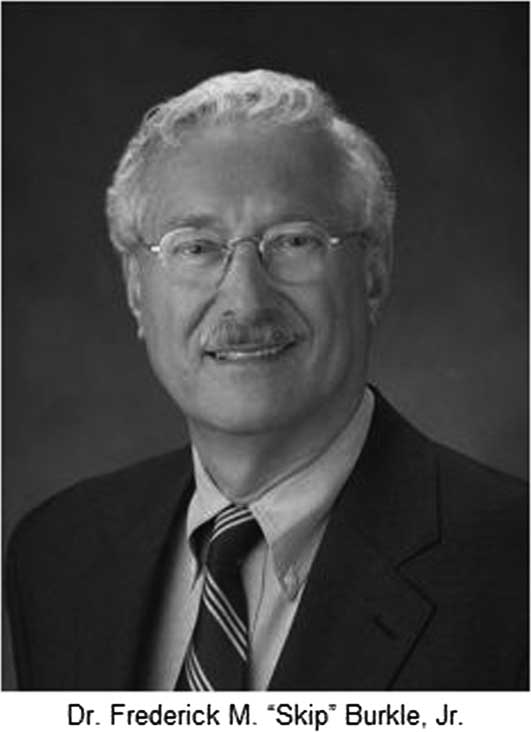
In the 1993 movie Groundhog Day, American actor Bill Murray plays a TV weatherman reluctantly sent to cover a longtime annual ritual in rural Pennsylvania when the groundhog emerges from his hole after a long winter sleep to look for his shadow…a mythical sign of either the end of 6 more weeks of continued bad weather or the beginning of spring. Murray’s character, bored with the routine of his life’s work, finds himself in a “time loop” where every morning he is forced to continue to relive the reporting of Groundhog Day over and over again. Increasingly frustrated and depressed, he finally recognizes that his plight is a sign that if he does nothing to re-examine and change his life for the better, he is doomed to repeat the same event every day. What makes this movie a classic is that the audience, in this timeless saga, can easily identify themselves and their own lives with Murray’s character.
So what does this have to do with disaster medicine and public health preparedness? Clearly, the science has never been better. The studies published in this month’s issue are fine examples of just how far the discipline has come. Young, eager, and extremely savvy researchers and practitioners see the merits of this discipline in having a positive effect on their world. The millennial generation increasingly see themselves as global citizens who identify with every crisis on the planet. Collectively, we can all share in the knowing that in one generation the discipline has moved from almost pure anecdotal reports to solid evidence-based studies. While that is gratifying, in the process and progress, we have not obtained a political voice.
For those of us who have made disaster medical sciences our life’s work, we risk at the same time experiencing a foreboding sense that we have been here before. Much of the good science over the years continues to languish, as it has done for decades, in the literature, failing to reach the level of policy change and the population impact the original authors dreamed their work was destined for. I learned recently that followers of fast moving communications science claim that today’s published studies will remain current for only 5 years, otherwise doomed to the archives or for the next generation to reinvent the theme in another study.
Yes, as a recognized, increasingly respected but admittedly fledgling discipline, we must take an example from Murray’s character and ask where and how we could do better. The contributions over the last several years from this journal and others in this discipline speak to many unmet opportunities. Health practitioners worldwide are experiencing Groundhog Day—everyday. Victims are repeatedly seen from the consequences of heat extremes, emerging infectious diseases from biodiversity losses, cancers and cataracts from loss of ozone protection, worsening infant mortality rates from a lack of fresh water and sanitation induced by sea level rise, malnutrition from the loss of agricultural land, and the emerging bevy of avoidable noncommunicable diseases. These are never cured unless prevented. Yamada and colleagues have wisely introduced us to “climate justice,” as much as a challenge to the discipline as to inform the readership.Reference Yamada and Galat 1
Certainly the discipline requires a strong policy and advocacy framework. The Society for Disaster Medicine and Public Health is a start, as are the ideals of WADEM and the fledgling Global Humanitarian Health Association that strives to bring transparency, accountability, and standards of care to the forefront of practice, policy, and political change. These are a given; but they must emerge from the debating stage to a reality that demands a collective political and advocacy voice that we currently lack. Whereas we were honored as a discipline to be included in the run-up to the Hyogo Framework for Action, which takes place in Japan in 2015 sponsored by the United Nations, we were equally chagrined in learning that until now “health” has not been considered a priority by world decision makers. As novices in our discipline, as primarily “response junkies,” taking the lead in putting prevention and preparedness science into practice and policy will save more lives in the long term. Is that what the groundhog’s shadow is trying to tell us?


